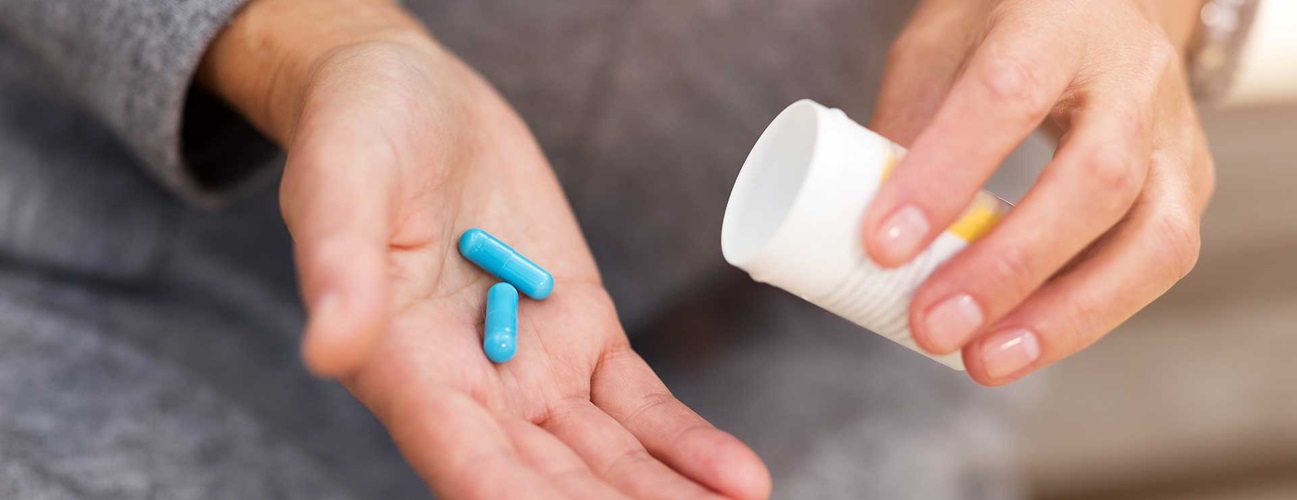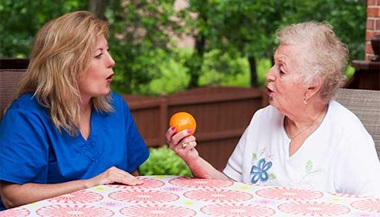3 Ways to Avoid a Second Stroke
Stroke is serious business. It’s the second leading cause of death in the world and fifth in the United States.
Even after surviving a stroke, you’re not out of the woods, since having one makes it a lot more likely that you’ll have another. In fact, of the 795,000 Americans who will have a first stroke this year, 23 percent will suffer a second stroke.
What can stroke patients do to avoid a recurrence?
It turns out that stroke has a lot in common, risk-wise, with diabetes, cardiovascular problems, hypertension and other chronic conditions. Here are three ways to strike out a second stroke (or avoid stroke altogether):

3 Prevention Tips
Stop smoking.
The list of illnesses caused or worsened by smoking is a long one. Cutting out tobacco eases dangerous stress on the blood vessels in your brain—as well as in your heart and elsewhere. You’ll also lower your risk for a range of cancers.
Take your medicine.
If your doctor has prescribed medicine to help you control your cholesterol, blood pressure, or diabetes, don’t slack off or skip doses.
Not taking your medicine is an important risk factor for repeat stroke. According to one study in patients with coronary artery disease, those patients who took 75 percent or less of their medications as prescribed had a four times higher risk of stroke than patients who took their medications exactly as directed.
Even if you’re recovering from a stroke and you feel better, it’s essential to keep high blood pressure, high blood cholesterol and diabetes under control by taking every pill you’re prescribed every time and not discontinuing medications until your doctor gives you the go-ahead.
Prescription medications can’t cure you of these chronic problems, but they can lower the risk of bad consequences such as stroke, secondary stroke and heart attack.
Go Mediterranean.
A recently published study by Johns Hopkins stroke expert Victor C. Urrutia, with Jennifer Dearborn and Walter Kernan from Yale University School of Medicine, showed that stroke patients can likely prevent another occurrence by eating well.
Although it’s difficult to capture data on people’s long-term dietary habits, the researchers pooled results from a number of studies and found that a diet rich in fruit and vegetables was associated with a 21 percent lower risk of stroke.
The study found that, “Dietary patterns consumed along the Mediterranean, consisting of abundant fruits and vegetables [and] whole grains and low in processed foods, with a substantial polyunsaturated source of fat, such as olive oil, are consistently associated with reduced rate of stroke.”
Avoid a second stroke -- or a first
All three of these healthy habits can lower the risk of cardiovascular disease and stroke. They’re useful for those who have had a stroke and want to prevent a recurrence, and also for those who are stroke-free and want to stay that way.






